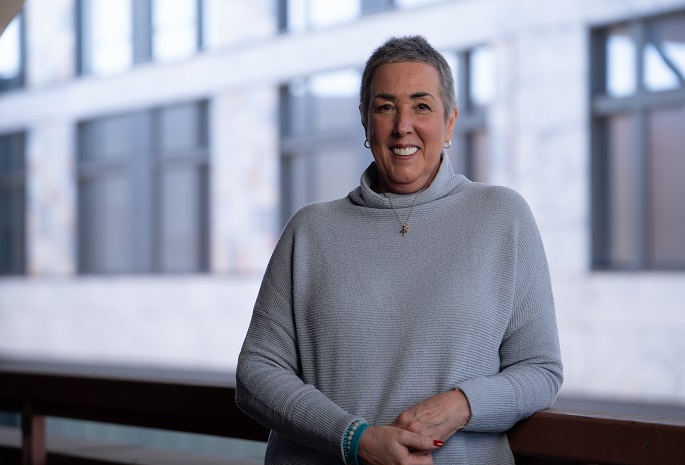Uterine fibroids are noncancerous growths that develop in or on the uterus. They’re especially common during a woman’s reproductive years. Doctors don’t know what causes them, but genetics, as well as hormones like estrogen and progesterone, are believed to play a role.
“Fibroids grow from a single muscle cell into hard, small-to-large tumors,” says Cherie Hill, MD, an obstetrician and gynecologist with Emory Healthcare. Dr. Hill is also an assistant professor in the Department of Gynecology and Obstetrics at Emory University School of Medicine.
The good news? Fibroids aren’t cancer and rarely interfere with pregnancy. They grow very slowly or not at all.
Many women may not experience any symptoms and can comfortably live with fibroids, which can shrink after menopause. For women who experience no symptoms, they may be diagnosed with fibroids during routine pelvic exams at annual well-women’s exams with their gynecologist. An ultrasound can then support care teams in confirming the diagnosis and measuring the fibroids to inform treatment.
The bad news? As fibroids grow, they can press against nearby organs. Some push on the bladder and cause frequent urination or a constant feeling of pressure. Others can press against the vagina, causing pain during intercourse. These symptoms of fibroids are a sign to schedule an appointment with your gynecologist.
Many treatment options exist for uterine fibroids, from monitoring them if there are no symptoms, to medication to attempt to shrink them, to varying surgical options.




